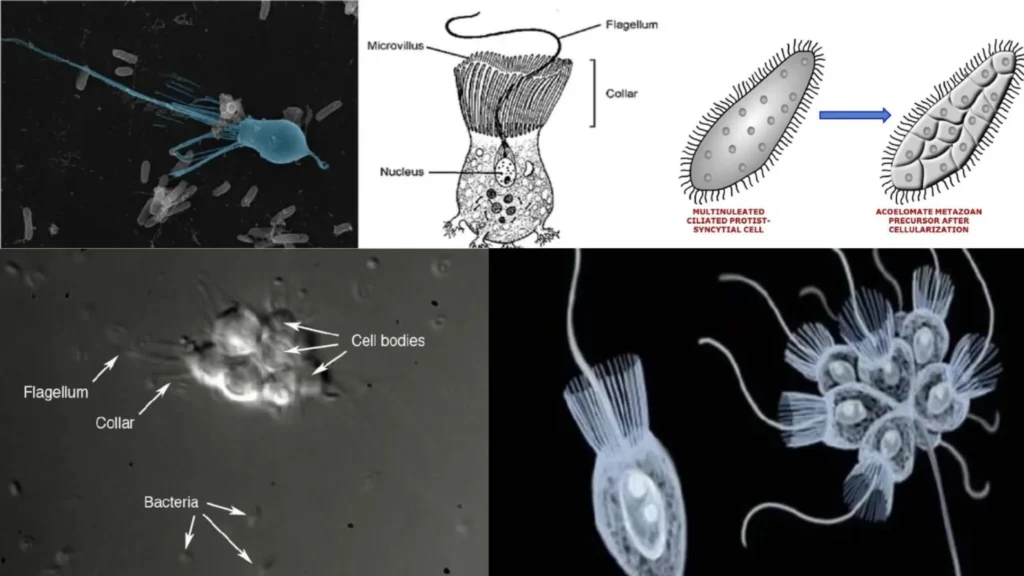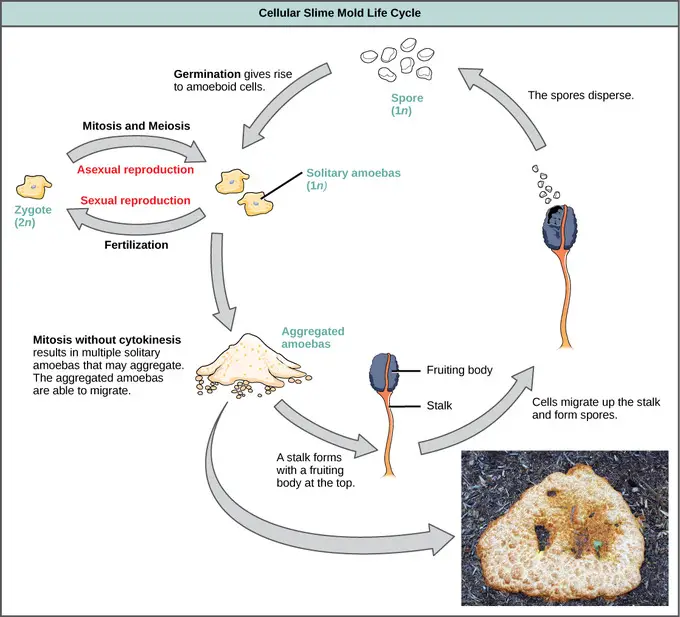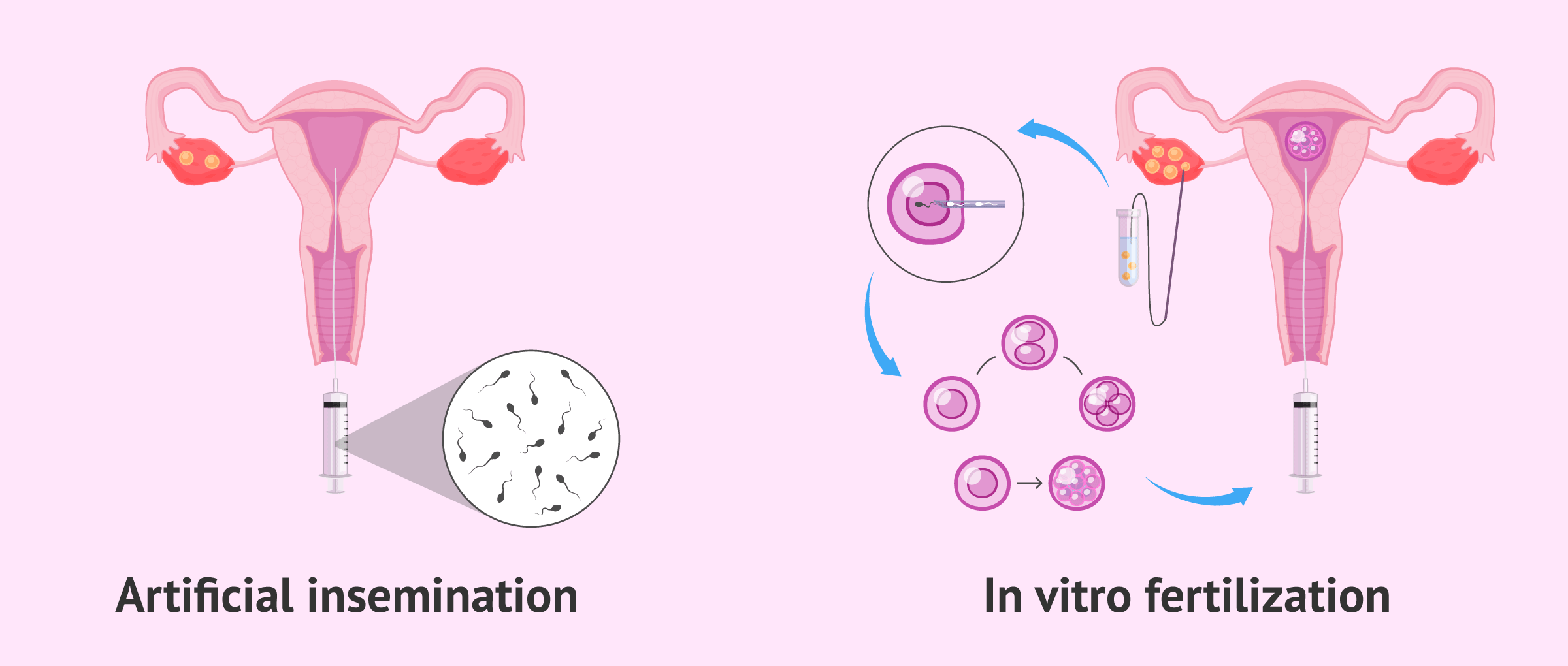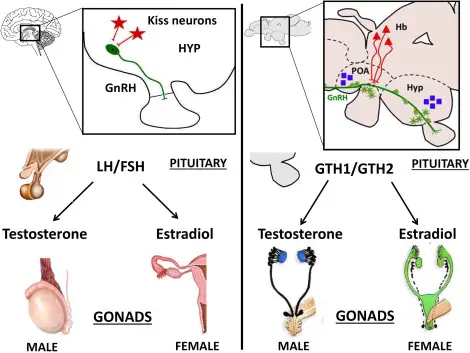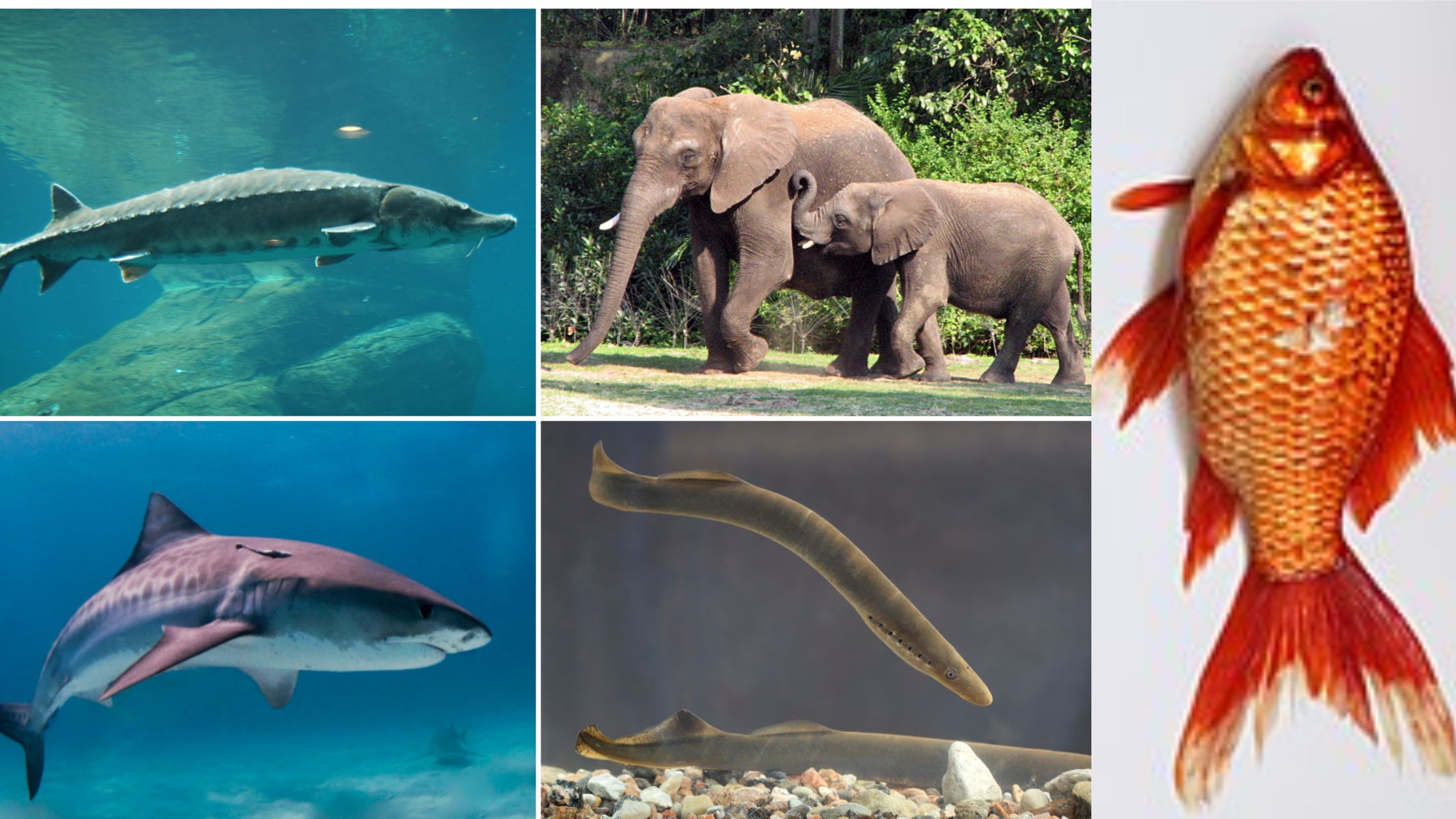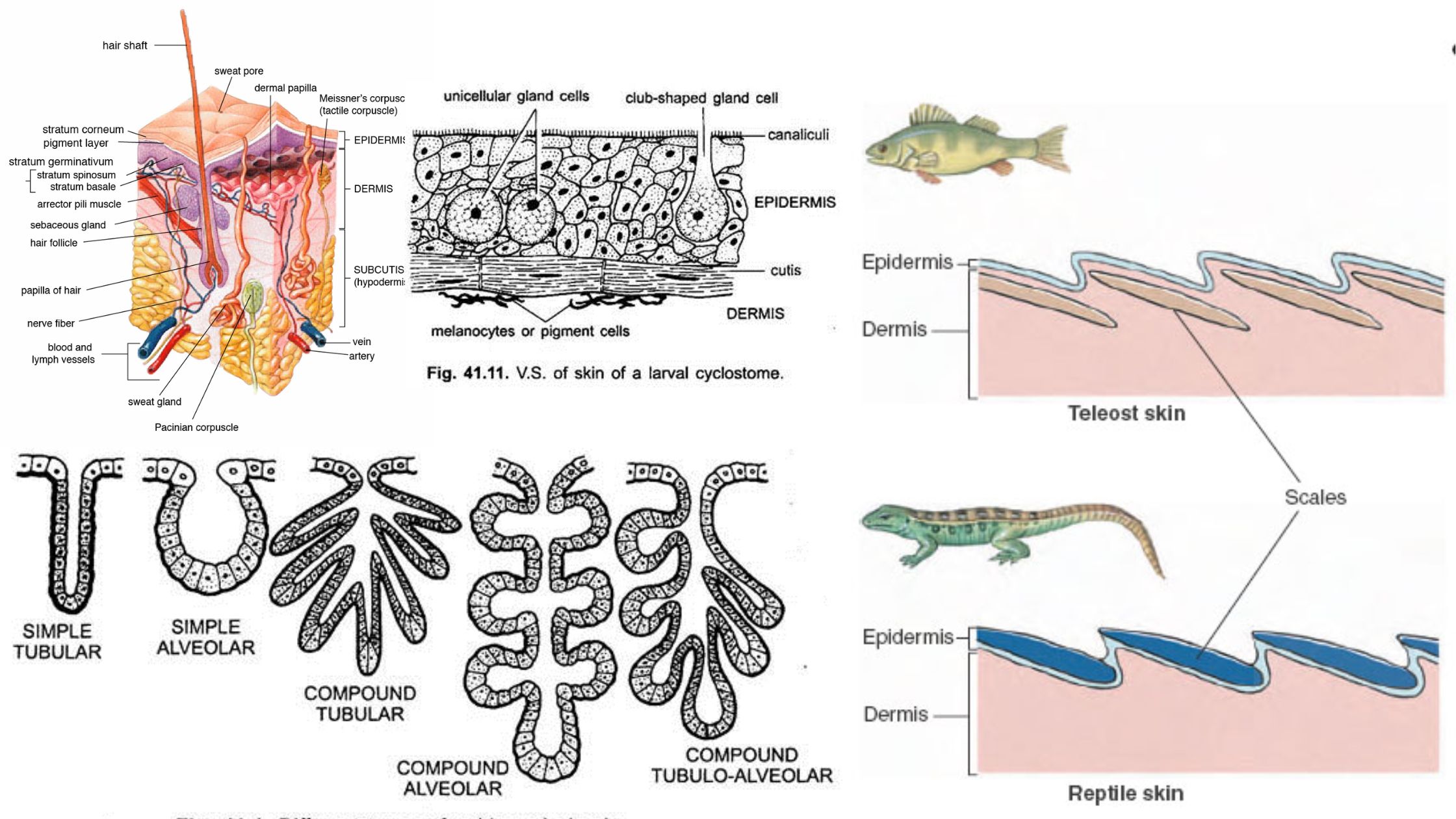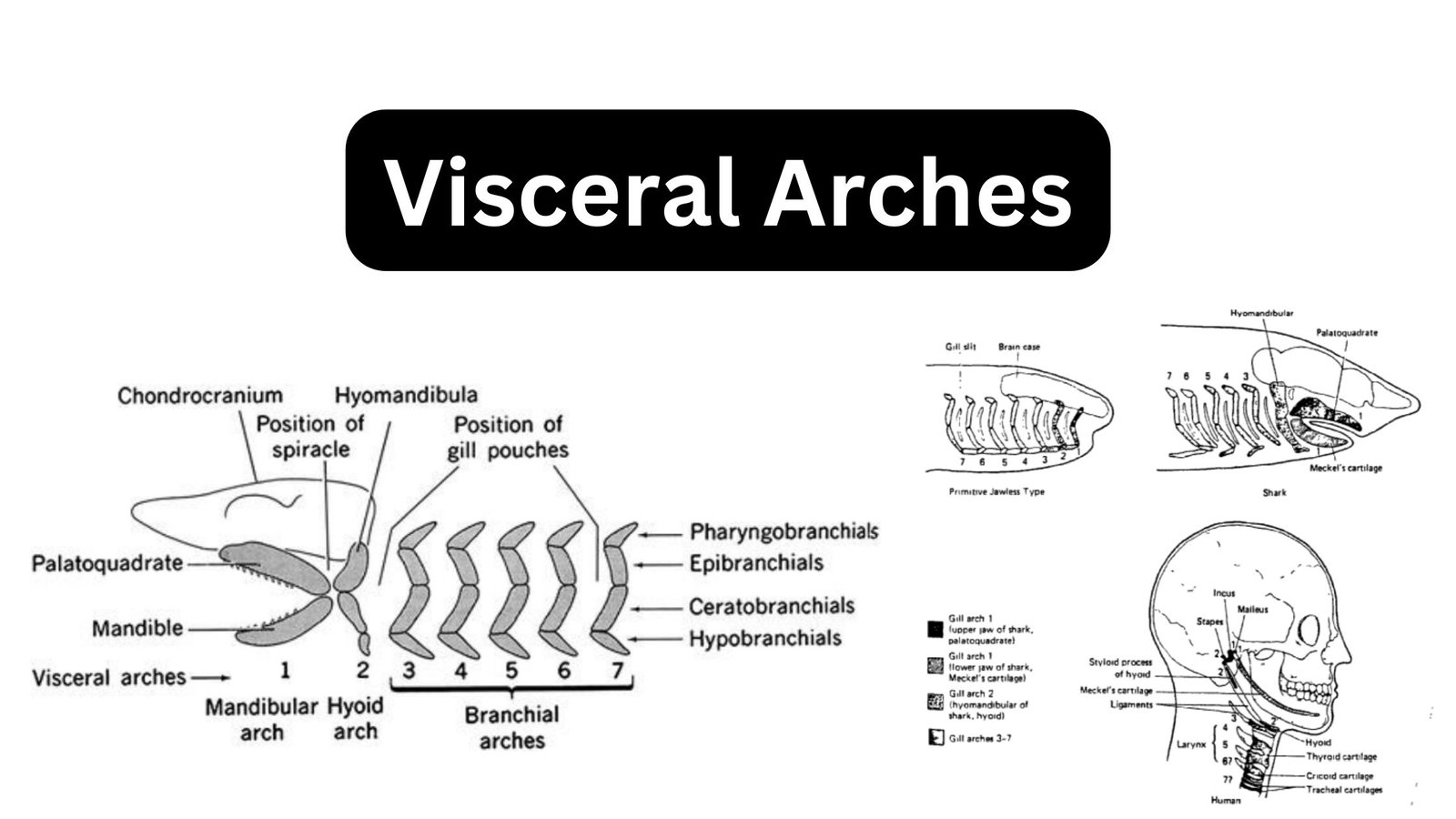Evolution of Parazoa and Metazoa
Origin of Parazoa Choanoflagellate: Link to sponges Sponges’ internal chambers are bordered by a series of specialised cells known as choanocytes (choano = collar; cyte =cell). These are the cells that feed sponges. Each choanocyte, like choanoflagellates, possesses a collar of tentacles enclosing a single anterior flagellum. By undulating dozens of flagella, choanocytes generate a … Read more
